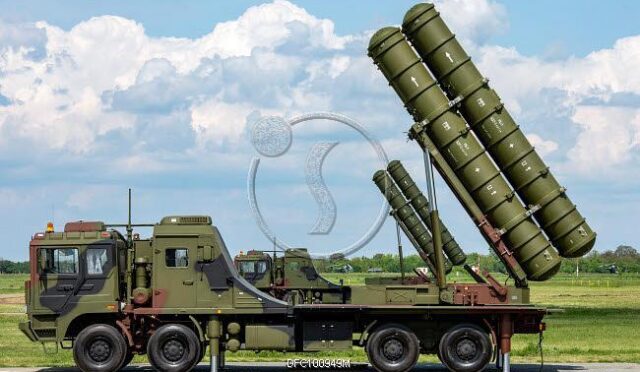Spanish Army Expands Medical Capabilities with New Vehicle Fleet
The Spanish Army is set to enhance its medical emergency capabilities with a significant investment in new vehicles. Over the next four years, the military plans to acquire up to 350 new units, a project approved by the Madrid government in November, with a budget of 93.2 million euros (approximately $97.1 million). This initiative aims to replace the current fleet comprising road ambulances, off-road vehicles, and high tactical mobility emergency vehicles, as reported by news agency Infodefensa.
The upcoming contracts will likely include orders for 36 Basic Life Support and 14 Advanced Life Support ambulances, amounting to 12 million euros ($12.5 million), alongside nearly 300 all-terrain ambulances worth approximately 81 million euros ($84.4 million). Once operational, these new vehicles will be assigned to units tasked with medical evacuations between bases and barracks, as well as transporting patients across battalion group posts and rear formations. The new fleet is expected to function independently and will be equipped with either standard or advanced life support systems.
Potential Inclusion of Urovesa VAMTAC Models
Among the anticipated additions to the Spanish Army’s vehicle lineup is the ambulance variant of Urovesa’s VAMTAC ST5 High Mobility Tactical Vehicle. This expectation is strengthened by Madrid’s recent acquisition of the platform, slated for August 2024. The VAMTAC ST5 is already operational with the Spanish Navy’s ground forces, showcasing its versatility and effectiveness.
In 2020, Urovesa secured a separate contract with the Spanish Ministry of Defence to provide up to 633 VAMTAC ST5 vehicles for the Army over a six-year period. The VAMTAC ST5 measures 6 meters (20 feet) in length and boasts a gross weight of up to 11,000 kilograms (24,250 pounds). It features a 6+1 automatic transmission and a powerful 245-horsepower engine, allowing it to reach a maximum speed of 135 kilometers (84 miles) per hour, with a range exceeding 600 kilometers (378 miles). This combination of speed and endurance makes it an ideal choice for medical support missions.






